Home>Technology>Home Entertainment Systems>How To Make Transparencies For Overhead Projector
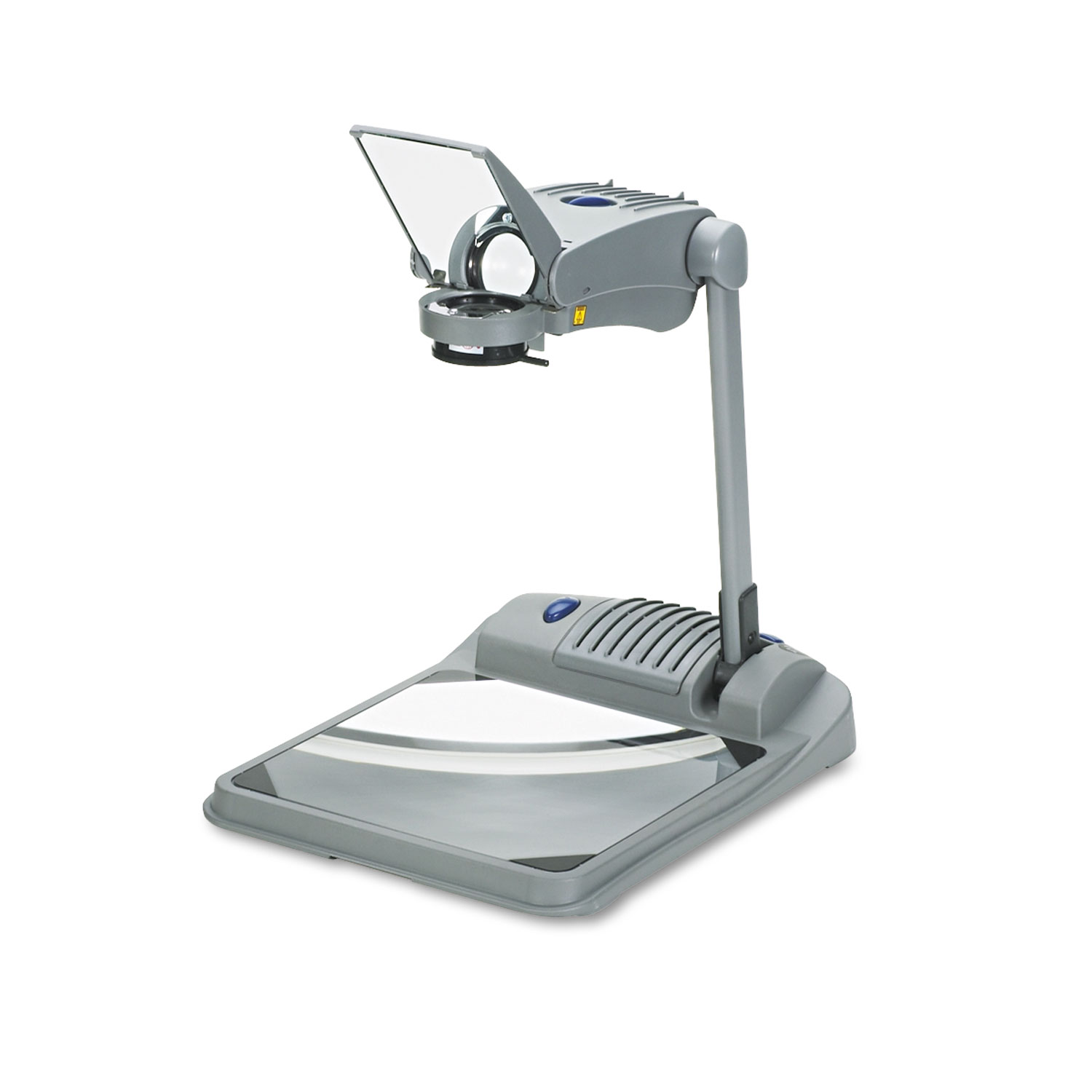

Home Entertainment Systems
How To Make Transparencies For Overhead Projector
Modified: August 17, 2024
Learn how to create professional transparencies for your home entertainment systems with our step-by-step guide. Enhance your presentations and impress your audience.
(Many of the links in this article redirect to a specific reviewed product. Your purchase of these products through affiliate links helps to generate commission for Storables.com, at no extra cost. Learn more)
Introduction
Welcome to the world of home entertainment systems, where the possibilities for creating an immersive audio-visual experience are endless. Whether you're a movie buff, a gaming enthusiast, or a music lover, a well-designed home entertainment system can elevate your leisure time to new heights. In this comprehensive guide, we will explore the ins and outs of home entertainment systems, from choosing the right components to optimizing your setup for an unparalleled viewing and listening experience.
A home entertainment system typically consists of a combination of audio and video components, such as a high-definition television or projector, a surround sound speaker system, a media player, and various input devices. The goal is to recreate the cinematic experience within the comfort of your own home, allowing you to enjoy your favorite movies, TV shows, and games with stunning visual clarity and immersive sound.
In today's digital age, home entertainment systems have evolved to encompass a wide range of technologies, including smart TVs, streaming media players, virtual assistants, and wireless connectivity. With the right knowledge and equipment, you can transform your living room, home theater, or dedicated entertainment space into a hub of audio-visual delight.
Whether you're a seasoned enthusiast looking to upgrade your existing setup or a newcomer seeking guidance on where to begin, this guide is designed to provide valuable insights, practical tips, and expert recommendations to help you make informed decisions and get the most out of your home entertainment system. So, sit back, relax, and prepare to embark on a journey into the captivating world of home entertainment technology.
Key Takeaways:
- Create stunning transparencies for your overhead projector by following simple steps: print, dry, handle with care, and test for quality. Enhance your presentations and visual projects with ease!
- Elevate your home entertainment system with the right components, setup, and technology. Transform your space into a captivating hub of audio-visual delight for unforgettable moments with family and friends.
Read more: How To Make A Overhead Projector
Materials Needed
Before diving into the process of creating an optimal home entertainment system, it’s essential to gather the necessary materials to bring your vision to life. The components and accessories you’ll need will largely depend on your specific preferences, space constraints, and budget. Here’s a comprehensive list of materials commonly used in setting up a home entertainment system:
- Television or Projector: The centerpiece of your home entertainment system, a high-definition television or projector forms the visual focal point. Consider factors such as screen size, display technology (LCD, OLED, QLED, or DLP), resolution (1080p, 4K, or 8K), and HDR (High Dynamic Range) capability to suit your viewing preferences.
- Audio System: A surround sound speaker system or soundbar is crucial for delivering immersive, theater-like audio. Components may include front, center, and rear speakers, a subwoofer for deep bass, and an AV receiver to power and process the audio signals.
- Media Player: Whether it’s a Blu-ray player, a streaming media device, a gaming console, or a dedicated media server, a reliable media player is essential for accessing and enjoying a variety of content.
- Streaming Services: Subscription to popular streaming platforms such as Netflix, Amazon Prime Video, Hulu, Disney+, and others expands your entertainment options with a vast library of movies, TV shows, and original content.
- Remote Control or Universal Remote: A user-friendly remote control or a universal remote with programmable features simplifies the operation of multiple devices and enhances the overall user experience.
- Mounts and Stands: Consider wall mounts, TV stands, or projector mounts to secure and position your display and speakers optimally within your entertainment space.
- Cables and Connectivity: High-quality HDMI cables, speaker wires, and Ethernet cables ensure reliable connections between various components, facilitating seamless audio and video transmission.
- Furniture and Decor: Comfortable seating, ambient lighting, and acoustic treatments contribute to the overall ambiance and comfort of your home entertainment area.
- Power Protection: Surge protectors and power conditioners safeguard your valuable electronics from electrical fluctuations and power surges.
By assembling these essential materials, you’ll be well-equipped to embark on the exciting journey of creating a personalized home entertainment system that caters to your audio-visual preferences and elevates your home entertainment experience to new heights.
Creating the Transparencies
When it comes to making transparencies for an overhead projector, the process is relatively straightforward and can be accomplished with a few simple materials. Whether you’re preparing visual aids for a presentation, educational purposes, or artistic projects, creating transparencies can add a layer of versatility to your communication and creative endeavors. Here’s a step-by-step guide to crafting transparencies for your overhead projector:
- Acquire Transparency Film: Start by obtaining transparency film designed for inkjet or laser printers. Ensure that the film is compatible with your specific printer type to achieve optimal results.
- Prepare Your Content: Create or select the content you wish to display on the transparencies using software applications such as Microsoft PowerPoint, Adobe Photoshop, or any program suitable for designing visual materials.
- Print the Transparencies: Load a sheet of transparency film into your printer according to the manufacturer’s instructions. Adjust the print settings to accommodate transparency film, typically found in the printer’s media type or paper type settings. Select the highest print quality for clear, vibrant images and text.
- Allow for Drying Time: Once the transparencies are printed, allow sufficient time for the ink to dry completely. Handling the transparencies prematurely may result in smudging or smearing of the printed content.
- Handle with Care: Handle the transparencies delicately to avoid fingerprints, scratches, or creases that could affect the visual clarity when projected.
- Inspect for Quality: Before using the transparencies with your overhead projector, inspect them for any imperfections or printing errors. It’s essential to ensure that the content is accurately reproduced and free from defects.
- Projection Test: Test the transparencies on your overhead projector to verify the clarity, color accuracy, and overall visibility of the projected images. Make any necessary adjustments to the content or printing process based on the test results.
By following these steps, you can create transparencies that effectively convey your visual content when projected onto a screen or surface using an overhead projector. Whether you’re delivering a presentation, teaching a lesson, or expressing your creativity, high-quality transparencies can enhance the impact and engagement of your visual materials.
Use a laser printer to print on transparency film for clear, smudge-free transparencies. Make sure to print on the rough side of the film for best results.
Tips for Using Overhead Projector Transparencies
Effectively utilizing overhead projector transparencies involves a combination of preparation, presentation techniques, and equipment optimization. Whether you’re delivering a professional presentation, teaching a class, or conducting a training session, these tips will help you make the most of your transparencies and enhance the visual impact of your content:
- Content Clarity: Prioritize legibility and visual clarity when designing and printing your transparencies. Use a font size that is easily readable from a distance and avoid overcrowding the slides with excessive text or graphics.
- Contrast and Color: Opt for high-contrast color combinations and avoid using overly vibrant or clashing colors that may be distracting when projected. Black text on a white or light-colored background tends to offer the best visibility.
- Lighting Considerations: When using an overhead projector, ensure that the room lighting is appropriately adjusted to minimize glare and optimize the visibility of the projected transparencies. Dimming the ambient lighting can enhance the contrast and sharpness of the projected images.
- Projection Setup: Position the overhead projector and screen or projection surface to achieve an optimal viewing angle for the audience. Adjust the focus and keystone correction settings on the projector to ensure a sharp, distortion-free image.
- Engagement Techniques: Use a pointer or your hand to direct attention to specific areas of the projected transparencies, engaging the audience and emphasizing key points as you speak. This interactive approach can enhance audience participation and focus.
- Preparation and Organization: Arrange your transparencies in the desired sequence before the presentation to facilitate a smooth transition between visual aids. Numbering or labeling the transparencies can help you stay organized and maintain the flow of your presentation.
- Backup Transparencies: Consider preparing duplicate copies of essential transparencies as backups in case of accidental damage or loss during the presentation. Having spare transparencies on hand can provide peace of mind and ensure seamless continuity.
- Interactivity and Annotation: Some modern overhead projectors feature interactive capabilities, allowing presenters to annotate or highlight content directly on the projected transparencies using a stylus or interactive pen. Explore these features to engage your audience dynamically.
- Post-Presentation Storage: Store your transparencies in a protective sleeve or folder after use to prevent damage and preserve their quality for future presentations or reference.
By incorporating these tips into your use of overhead projector transparencies, you can elevate the visual impact of your presentations, captivate your audience, and effectively convey your message with clarity and professionalism.
Conclusion
As technology continues to advance, the realm of home entertainment systems offers an ever-expanding array of possibilities for enriching our audio-visual experiences. Whether you’re delving into the world of home theater setups, gaming consoles, streaming media, or immersive audio systems, the key to maximizing your enjoyment lies in informed decision-making and thoughtful customization.
By carefully selecting the components, optimizing the setup, and incorporating the latest advancements in audio-visual technology, you can transform your living space into a captivating hub of entertainment and relaxation. The seamless integration of high-definition displays, immersive soundscapes, and versatile media players enables you to tailor your home entertainment system to suit your unique preferences and create unforgettable moments with family and friends.
Moreover, the process of creating transparencies for an overhead projector showcases the enduring relevance of visual aids in communication, education, and artistic expression. With the right materials and techniques, transparencies can serve as powerful tools for conveying information, engaging audiences, and enhancing the impact of your presentations and visual projects.
Whether you’re exploring the boundless capabilities of modern home entertainment technology or harnessing the timeless appeal of overhead projector transparencies, the journey toward creating captivating audio-visual experiences is filled with opportunities for creativity, personalization, and discovery. Embrace the possibilities, stay informed about the latest trends, and let your imagination guide you as you embark on the exciting adventure of crafting your ideal home entertainment system and visual presentations.
With a blend of innovation, expertise, and a touch of individuality, you can unlock the full potential of your home entertainment space and visual communication endeavors, enriching your leisure time and leaving a lasting impression on your audience.
So, whether you’re enjoying a blockbuster movie, immersing yourself in a thrilling video game, delivering a compelling presentation, or simply unwinding with your favorite music, may your home entertainment experiences be nothing short of extraordinary.
Frequently Asked Questions about How To Make Transparencies For Overhead Projector
Was this page helpful?
At Storables.com, we guarantee accurate and reliable information. Our content, validated by Expert Board Contributors, is crafted following stringent Editorial Policies. We're committed to providing you with well-researched, expert-backed insights for all your informational needs.
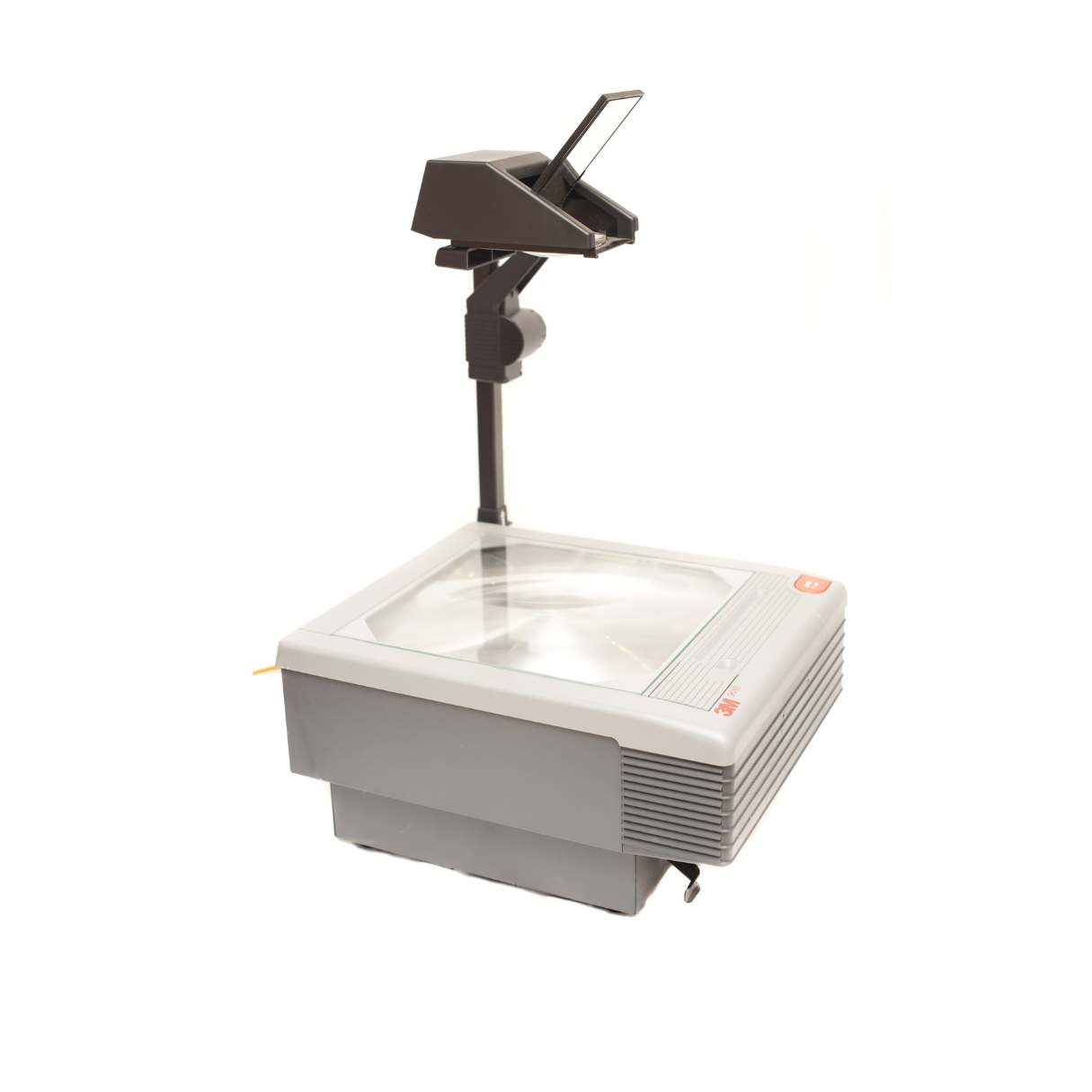
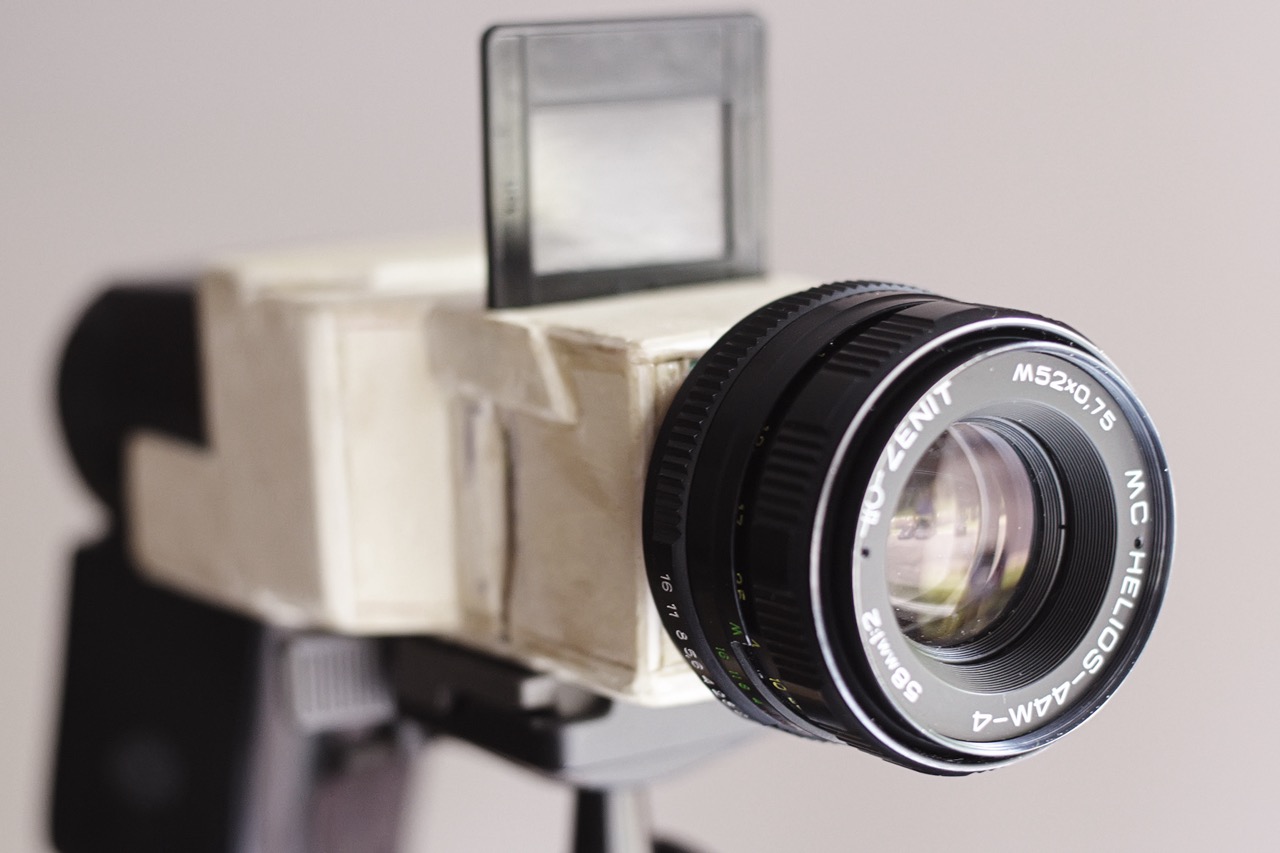
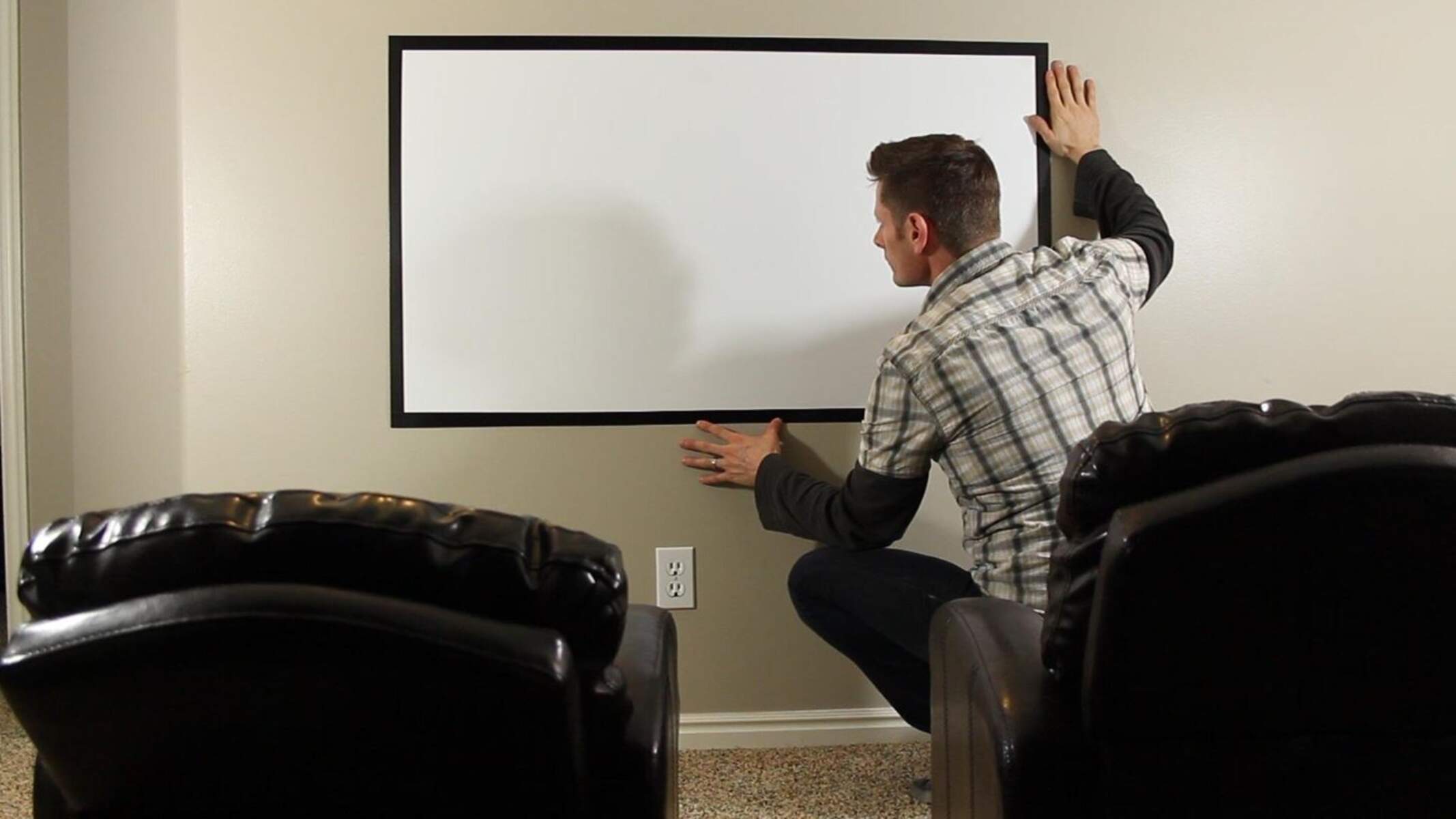
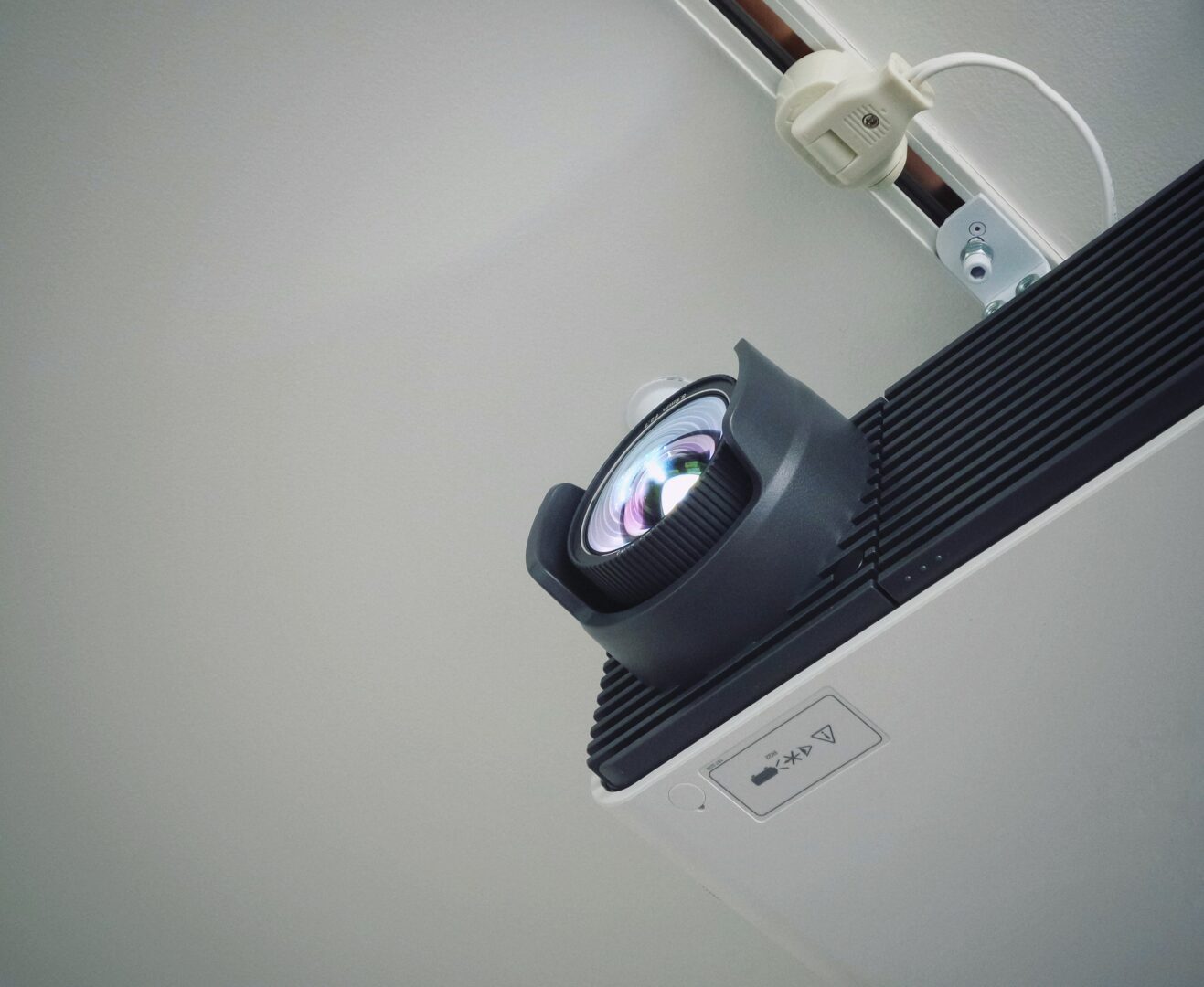
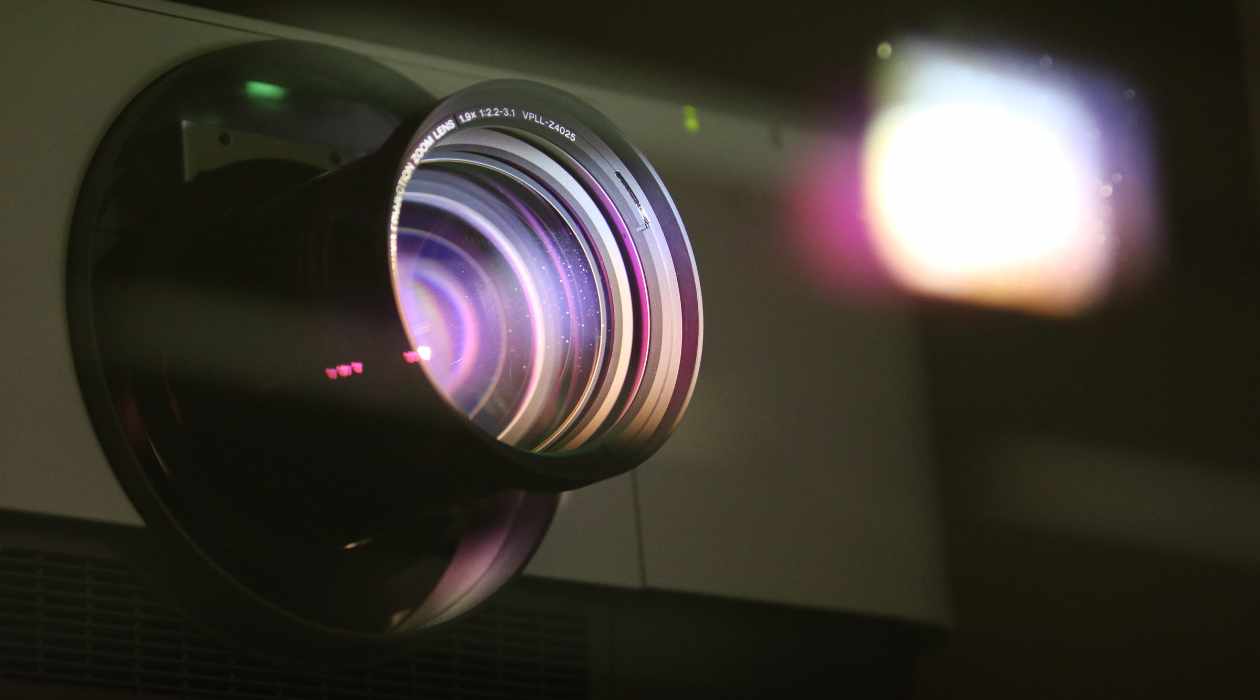
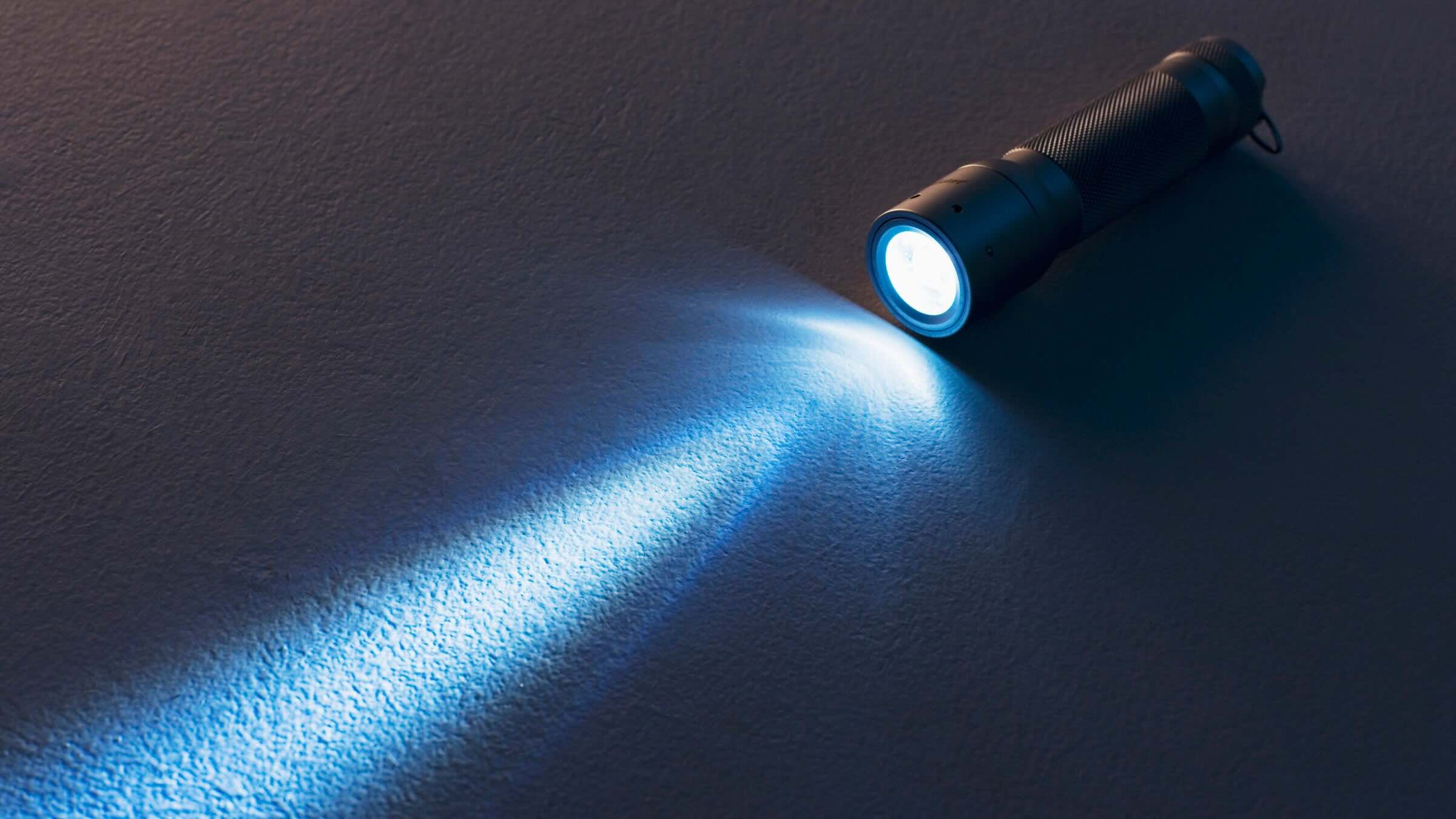
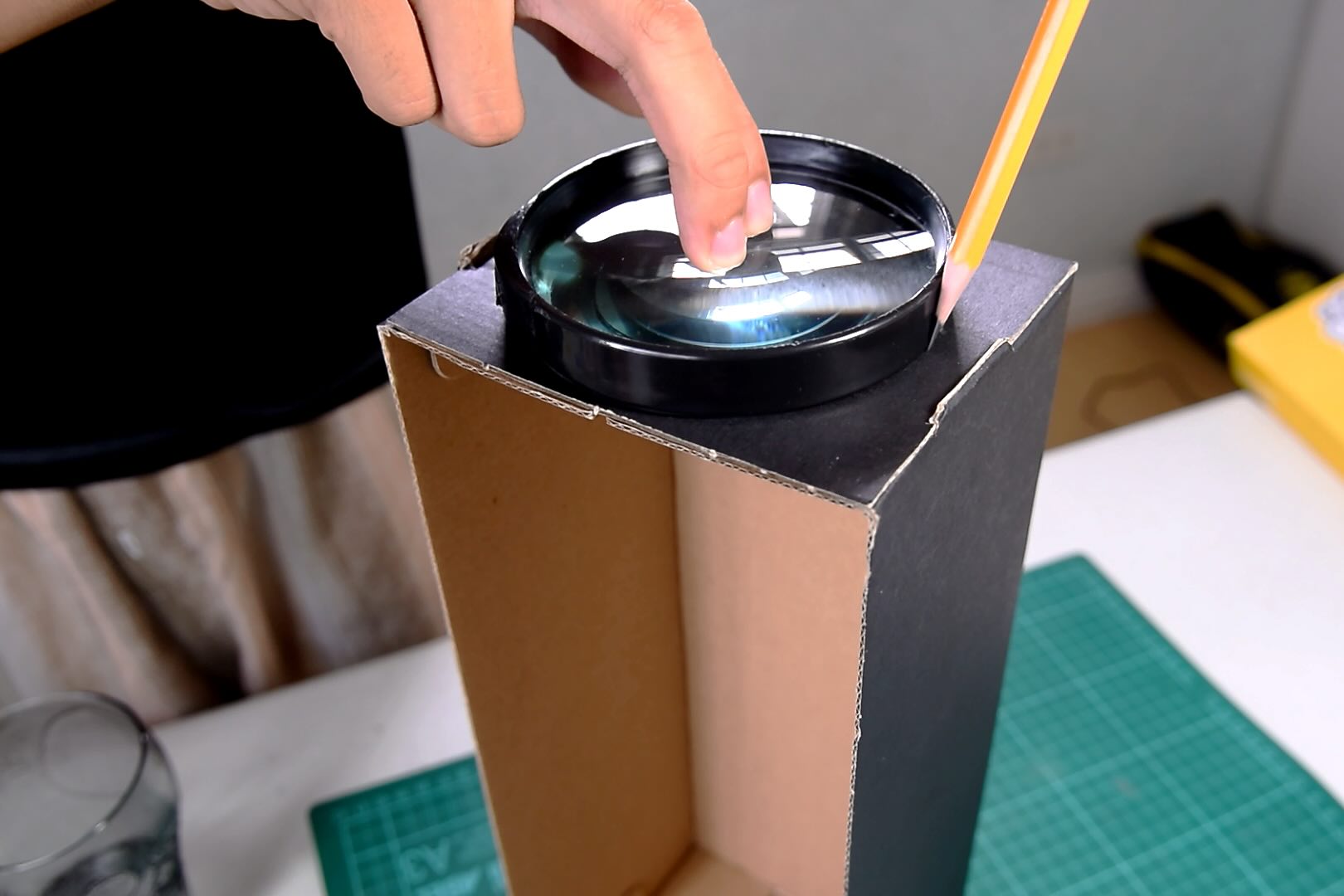


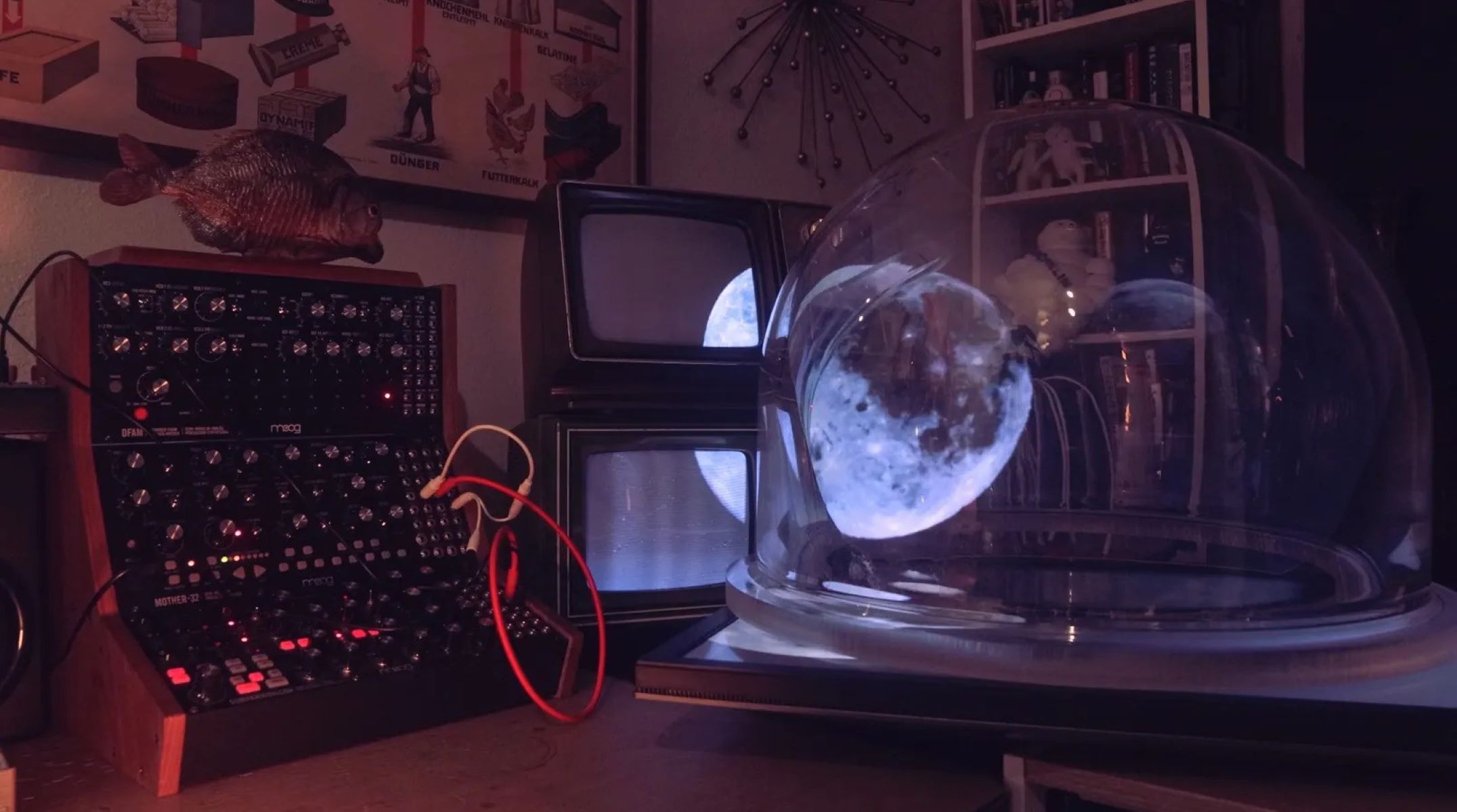

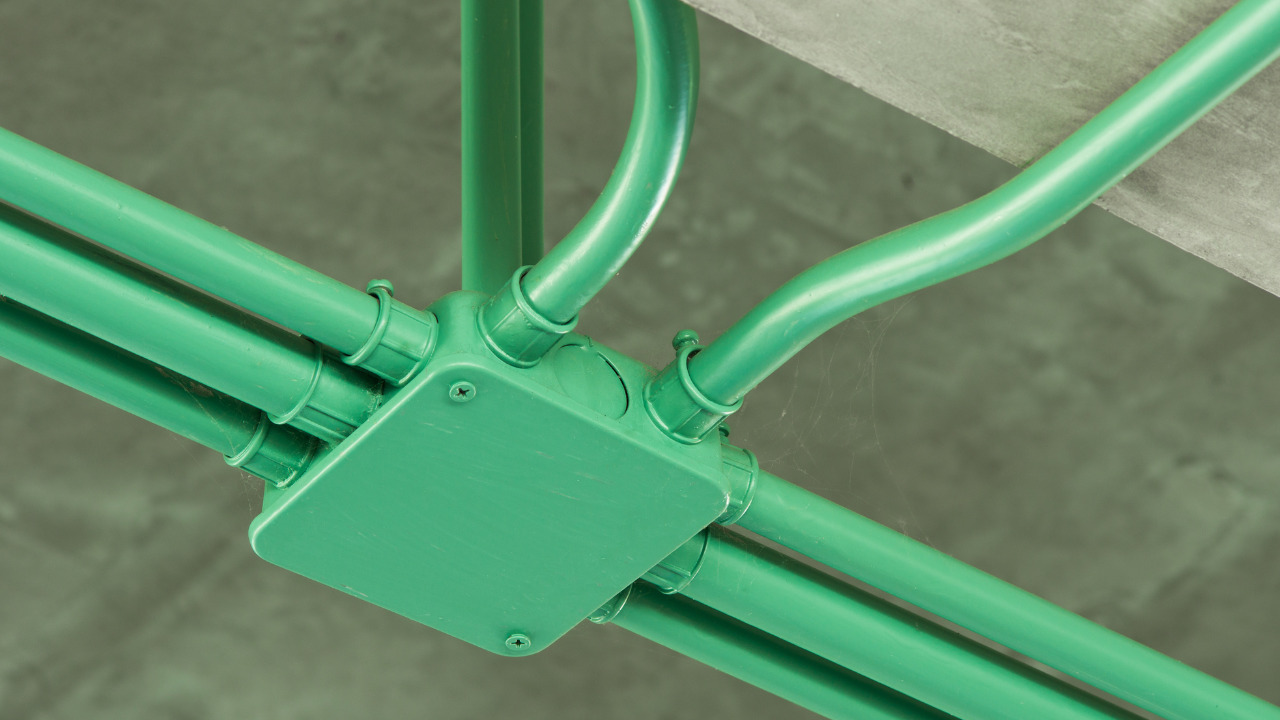

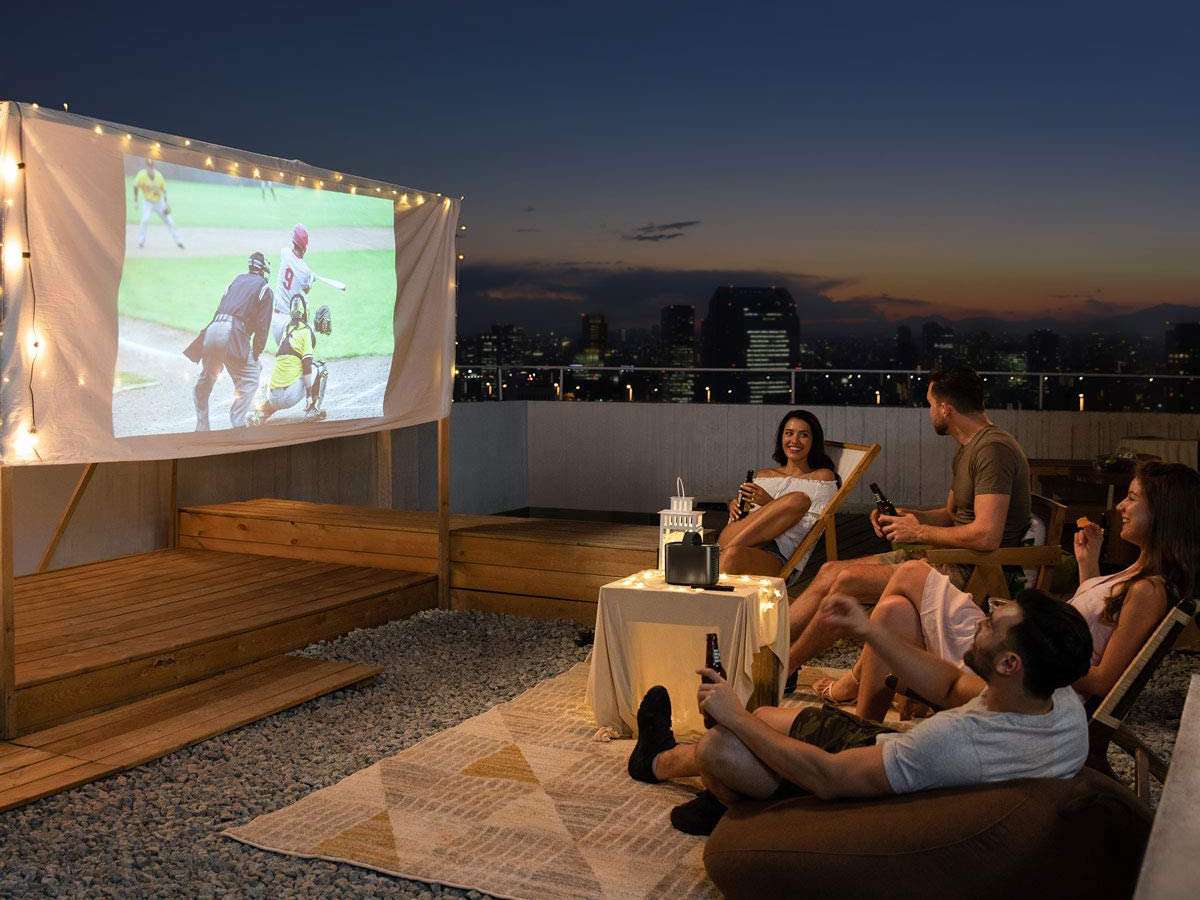
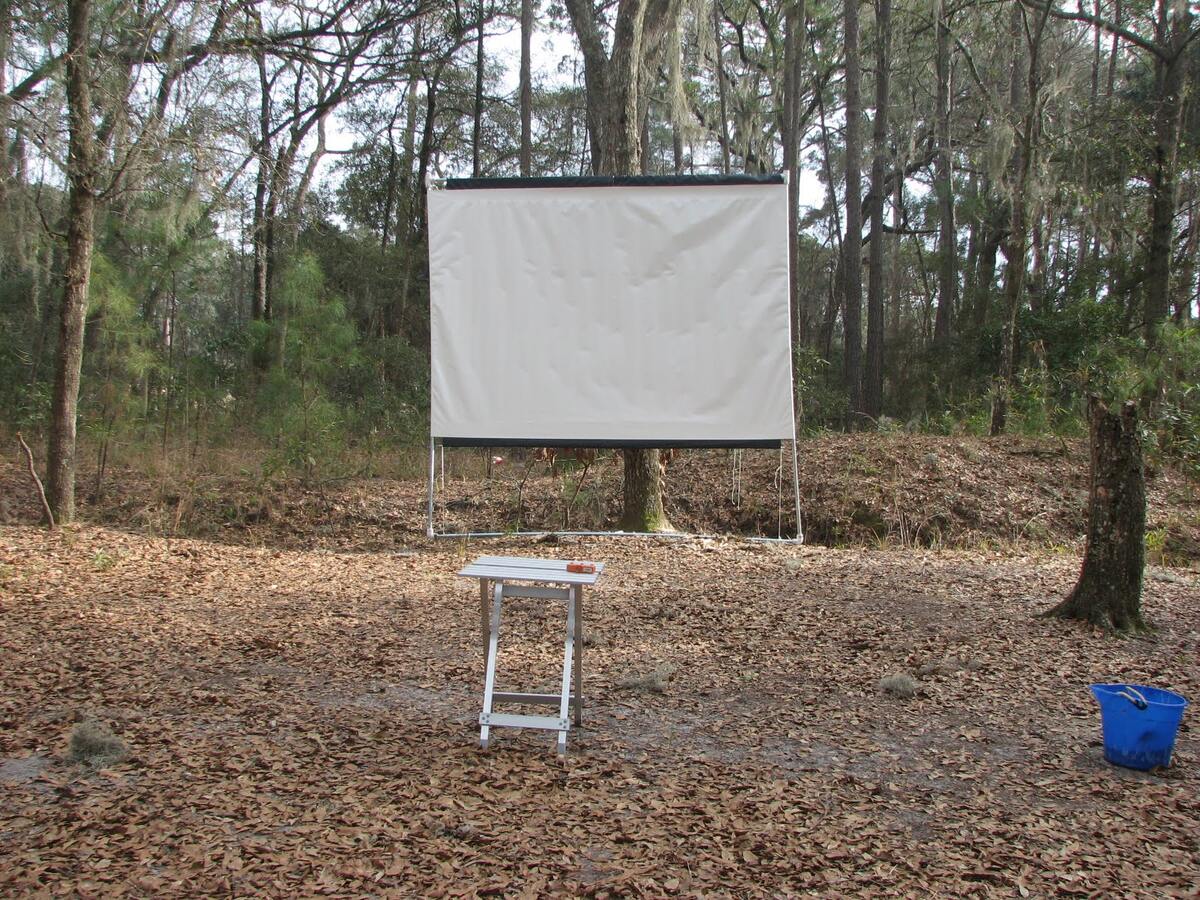

0 thoughts on “How To Make Transparencies For Overhead Projector”